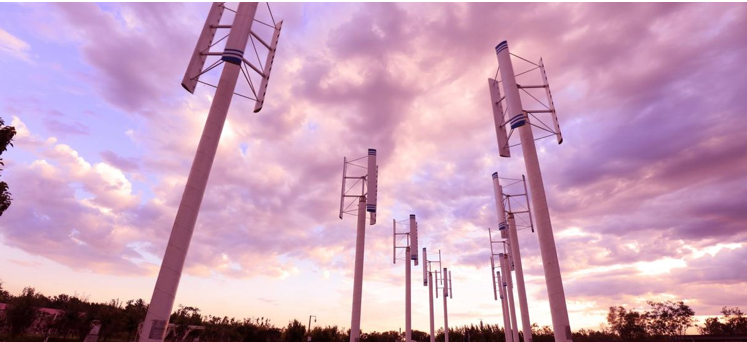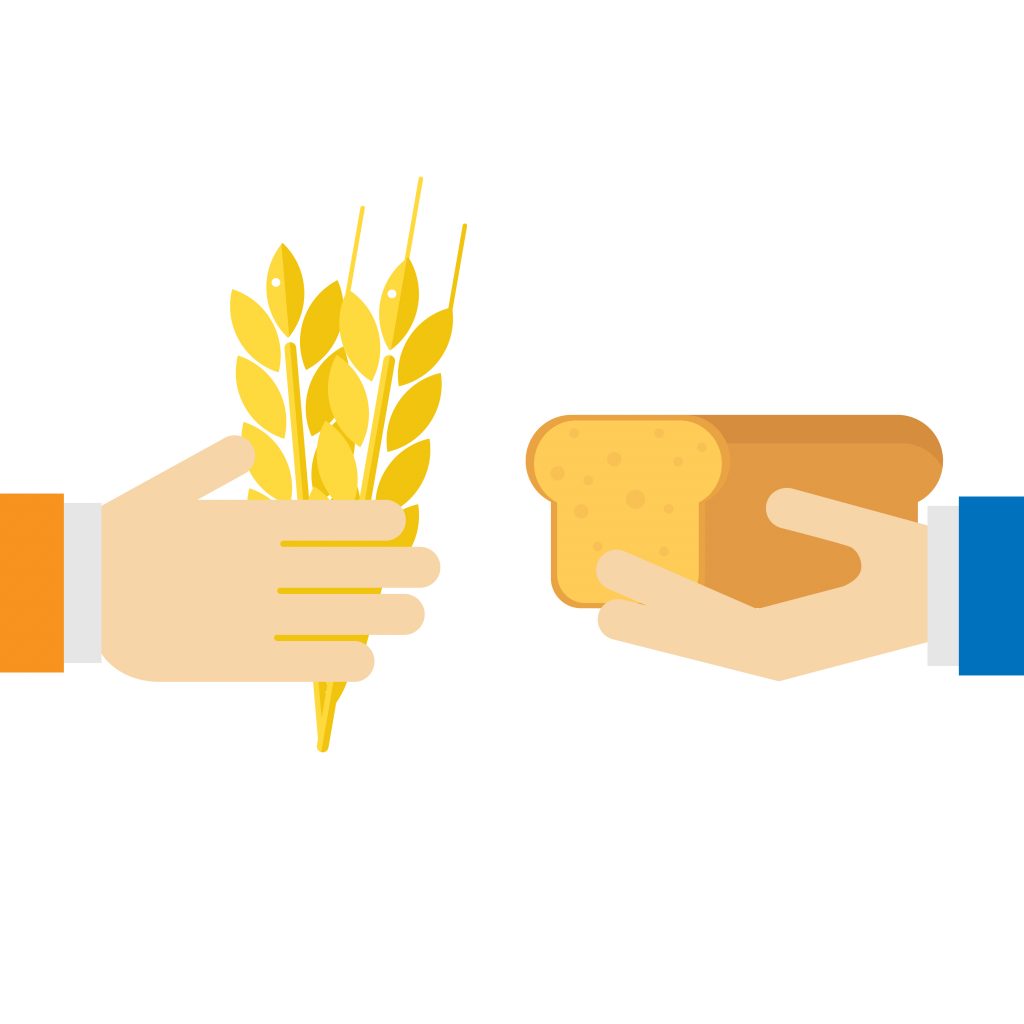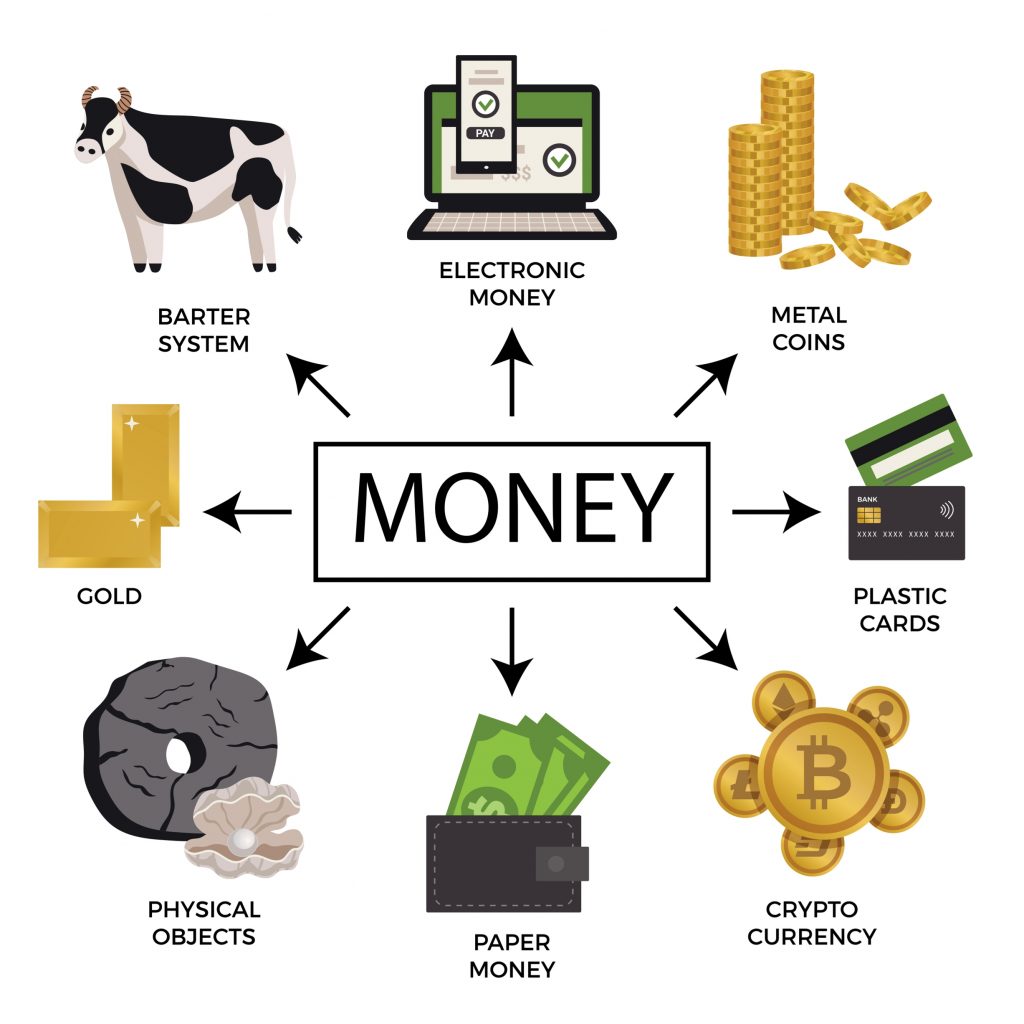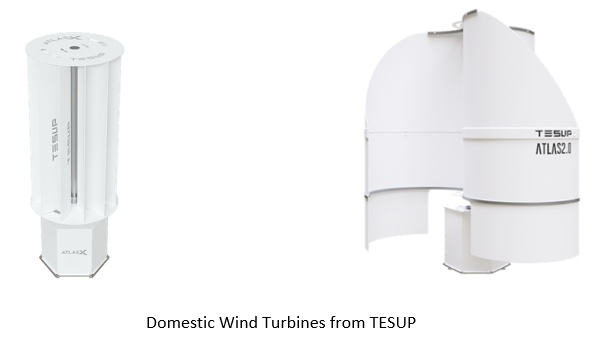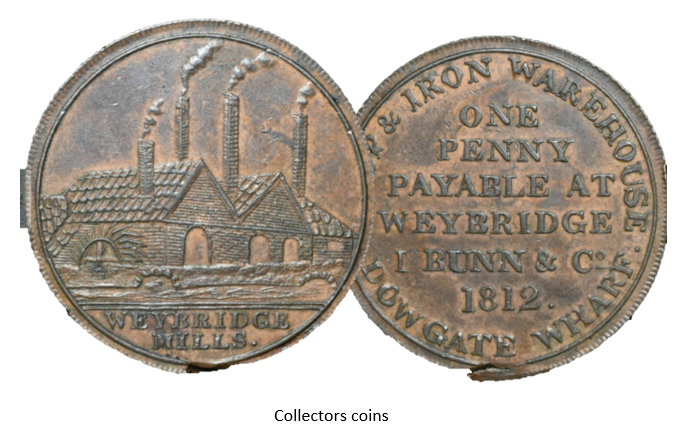
Radek Kosarzycki
11th January 2022
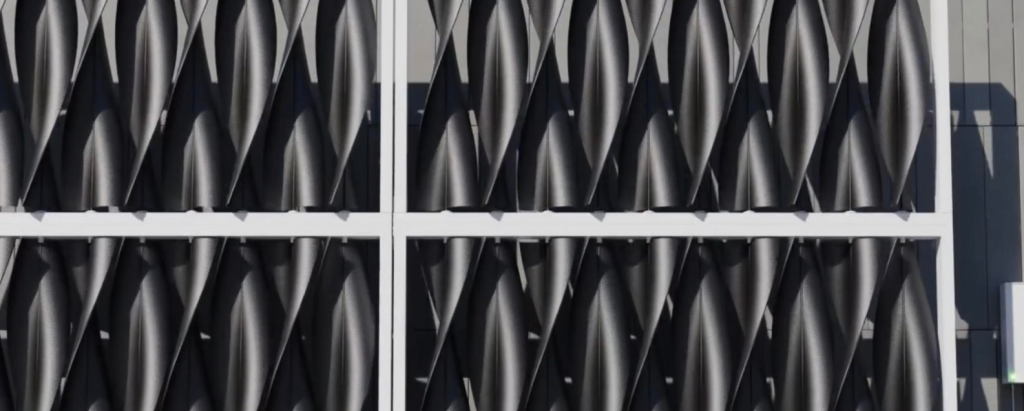
We associate wind turbines mainly with large windmills that stand somewhere in the fields. Recently, we have also heard more and more about wind turbines placed on lakes and at sea. What if you put a wind turbine next to your home? Do you think it’s going to be ugly and non-functional? Nothing could be further from the truth. Here is a modern wall of wind turbines that looks nice and gives you free electricity.
Wind turbines can take different shapes than classic windmills. Today we will focus on the energy wall consisting of several dozen small turbines. However, it is worth recalling that there are also vertical wind turbines, as well as those in the shape of giant vibrators.
Wind farms have long been considered one of the most important solutions in the field of energy. The wind moving the blades of powerful wind turbines is an extremely clean renewable energy source. If only it was possible to create an inconspicuous, pocket version of such a turbine.
Every now and then we can read about another new and the largest wind turbine capable of powering tens of thousands of houses all at once, and this is again about some new wind farm standing on the open waters of seas or even lakes. Such turbines, however, do not belong to inconspicuous devices. The largest turbines are visible in the landscape even from a distance of several miles. In the immediate vicinity, however, they are objects completely dominant to the landscape.
For this reason, it is rare to see wind turbines placed by private individuals outside their homes in order to generate electricity for their own use. After all, even a small turbine would still have to be quite a large construction.
The power wall consists of dozens of small wind turbines
This is the idea of Joe Doucet, an American designer and entrepreneur. When you look at the design he developed, it’s hard to say that it could be a wind turbine at all. According to the designer’s assurances, the wall of wind turbines will be able to generate up to 10,000 kilowatt-hours of energy per year, which should be enough to power the entire house.
Theoretically, it is such small structures that can contribute the most to humanity’s transition from fossil fuels to renewable energy sources. Powerful wind turbines or entire wind farms require appropriate conditions, a sufficiently large, open area and colossal financial outlays, therefore they certainly will not appear in every possible and suitable place for them. However, if people were able to put their own wall of wind turbines next to their home at a relatively low cost, the effect of scale could be enormous. It is worth noting that the mass production of a large number of such turbines would automatically reduce their price, increasing accessibility for an increasing number of consumers interested in ecological and cheap electricity.
The wind turbine wall proposed by Doucet is 240 cm high and 760 cm wide and consists of several dozen small surfaces rotated by the wind flowing through it. The energy generated by these tiles is then transferred to batteries installed on the wall of the building.
Currently, talks are underway with potential entities interested in introducing the device into production.



